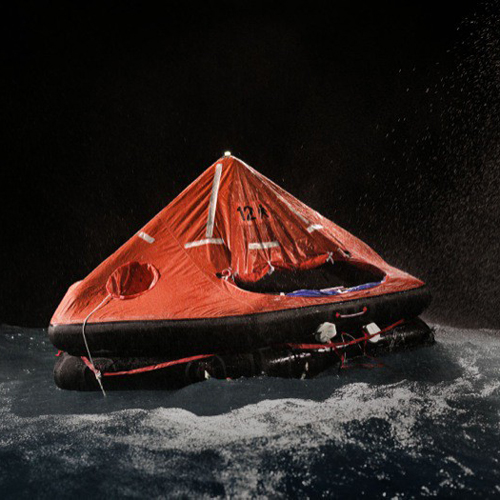When it comes to maritime safety, few pieces of equipment are as crucial as liferafts. These inflatable, buoyant structures can mean the difference between life and death in emergency situations at sea. Therefore, it’s imperative that liferafts meet stringent construction standards to ensure they can withstand the harshest of conditions and provide a safe haven for those in distress. Let’s delve into the general requirements outlined for liferafts, as specified by maritime safety regulations.
Construction Standards
Liferafts are expected to endure extreme conditions for extended periods. According to regulation 4.1.1.1, every liferaft must be constructed to withstand exposure for a minimum of 30 days afloat in all sea conditions. This requirement emphasizes the importance of durability and resilience in the design and materials used.
Moreover, liferafts must undergo rigorous testing to ensure their functionality in real-life scenarios. Regulation 4.1.1.2 mandates that liferafts be drop-tested from a height of 18 meters to validate their performance upon impact with the water. Additionally, liferafts intended for stowage at heights exceeding 18 meters must undergo satisfactory drop tests from those heights. Such tests simulate the stress liferafts may encounter during deployment, guaranteeing their reliability when needed most.
The ability to withstand impact is crucial, as highlighted in regulation 4.1.1.3, which specifies that liferafts should endure repeated jumps from a height of at least 4.5 meters. This requirement ensures that the liferaft remains intact and operational even under extreme circumstances, such as those encountered during a high-seas evacuation.
Canopy and Interior Features
The canopy of a liferaft plays a vital role in protecting occupants from exposure to the elements. Regulation 4.1.1.5 outlines several criteria that the canopy must meet, including insulation against heat and cold, provision of adequate ventilation, and clear indication of entrances. These features are essential for maintaining a comfortable and safe environment within the liferaft, regardless of external conditions.
Furthermore, regulations stipulate that liferafts must be equipped with essential amenities for survival. This includes provisions for collecting rainwater, mounting a survival craft radar transponder, and providing sufficient headroom for occupants, as detailed in regulation 4.1.1.5.
Minimum Carrying Capacity and Mass
Regulation 4.1.2 sets minimum standards for the carrying capacity and mass of liferafts. Liferafts must have a carrying capacity of at least six persons and comply with specified weight limits to ensure ease of handling and deployment.
Fittings and Accessories
Liferafts are equipped with various fittings and accessories to enhance their functionality and aid in rescue operations. Regulation 4.1.3 specifies requirements for lifelines, painters, exterior and interior lights, ensuring that these essential components are reliable and effective during emergencies.
In conclusion, the construction and design of liferafts are subject to stringent regulations aimed at ensuring the safety and survival of those at sea. By meeting these requirements, liferaft manufacturers can provide seafarers with the confidence and reassurance that they have a reliable means of escape in the event of an emergency. Compliance with these standards is paramount in safeguarding lives and promoting maritime safety worldwide.
#liferaft #marine #safety #lsa

